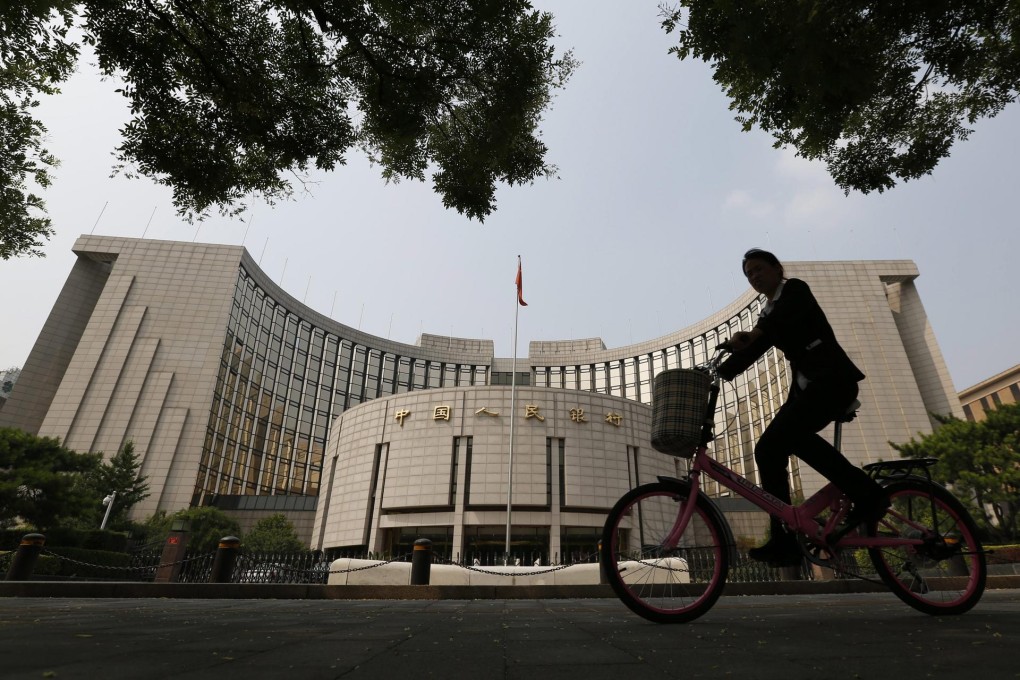New | Is it time for mainland Chinese banks to finally turn from 'non-standard businesses'
Change in loan-deposit and reserves ratios may see players move away from businesses structured outside their balance sheets

The time may have finally come for Chinese banks to turn from “non-standard” business following the recent removal of the mandated 75 per cent cap on loan-deposit ratio and last Friday’s announcement for a liberalisation of the reserve rate ratio by the People’s Bank of China.
The PBOC said it would change how it calculated its reserve requirement effective from tomorrow. Instead of a flat ratio based on the size of the banks, the central bank said it would now take into account the deposit level on a daily basis in the banking system and adjust its rate on a floating basis – a move that should help release liquidity across the country.
Chi Lo, a senior economist for greater China at BNP Paribas Investment Partners, said “the reserve requirements had been a legacy of the era of forex sterilisation – when having banks holding reserves could serve as a counterweight. Now, with the country heading for liberalisation, there is less need for the ‘counter balance’ going forward.”
Li Hongming, the chairman of Anhui’s Huishang Bank, said the reserve requirements had long been choking innovation.
“With that gone, the industry can turn a new chapter,” Li said. “The limits in the past had forced banks to turn to ‘non-standard’ business.”
This meant they went after businesses that were structured outside of their balance sheets, and out of the purview of regulators and auditors. “Now, there will be less need for them,” Li said.
